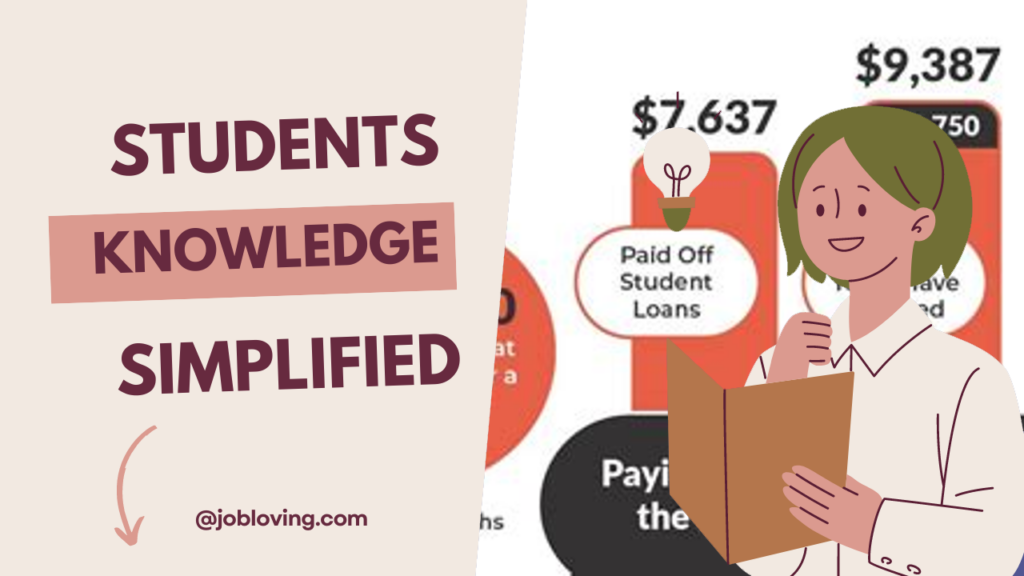The cumbersome saga of waiting for student loan refunds amalgamates frustration with confusion, and there’s no denying it can feel like a test of patience for many borrowers. So, why are student loan refunds taking so long? Well, brace yourself because it all boils down to some intricate processing by loan servicers through the Department of Education. To put it simply, the time it takes can range from six to twelve weeks for some, while for others, it could stretch to a daunting 90 days. The wait isn’t necessarily tied to the time of year but to the logistical puzzle that’s unfolded during this mixed era of repayment pauses and the pandemic.
Let’s rewind a bit. These refunds became available primarily for payments made during the pandemic payment pause that began in March 2020. If you’re holding federal student loans, congratulations—you may be eligible for these refunds, but don’t get too comfortable. Private loans are basically left out of this refund party. Now, here’s where it gets interesting: automatic refunds are most certainly on the table if repayments have brought your loan balance below $10,000, or $20,000 for Pell Grant recipients. However, if you’ve been diligent and paid off your loans during the pause, you’d still need to request a refund to snag that precious debt forgiveness.
Confusion lurks behind the possibility of these refunds. Borrowers often wade through murky waters regarding their eligibility, thanks to complex and ever-evolving guidelines from the Department of Education. And let’s not forget that this situation hasn’t been skimming the surface. Reports indicate ways refund times can vary dramatically between different servicers. For instance, Ed Financial might take up to five months, while Great Lakes says around 30 to 45 days. MyFedLoan is riding high with a processing time of potentially six months, while Nelnet claims a relatively speedy two to three weeks if you opt for Direct Deposit.
Many borrowers are left in the dark during all this. The lack of communication from loan servicers often increases anxiety, and if you’re reaching out only to face long hold times or your call dropped, that can really take a toll on your patience. Some borrowers might even find themselves having paid during forbearance periods—thanks to confusing communications—which adds to their frustrations when seeking refunds. And don’t worry—the IRS has your back for now; refunds won’t count as taxable income until 2025 due to the American Rescue Plan Act.
While the pandemic presented an array of benefits, it also led to an influx of borrowers returning to repayment status, overwhelming the servicers. Many borrowers now find themselves on a convoluted journey back to repayment, faced with possible billing errors and mixed messages on forgiveness eligibility. With the return to repayment, unanswered questions linger—such as “Will my repayment count towards forgiveness?” and “How long will I wait for that refund?” It’s almost like navigating a complex maze, where time is an increasingly unwelcome guest.
In essence, your refund’s timeline is not solely dependent on your request; it’s affected by the overall systemic delays and mixed edges of newly returning borrowers coupled with historical requests. As many borrowers contemplate their next steps, one thing remains clear: the journey through the student loan refund process in the post-pandemic world is anything but straightforward, often leaving borrowers yearning for clarity and prompt resolutions.
What factors contribute to the delays in student loan refund processing?
The delays in student loan refund processing stem from a combination of overwhelming demand on loan servicers, administrative backlogs, and communication breakdowns between borrowers and servicers. As millions of borrowers return to repayment status, servicers struggle to manage the influx of requests, leading to longer processing times and increased borrower frustration.
How does the lack of clear communication from loan servicers affect borrowers seeking refunds?
The lack of clear communication from loan servicers creates confusion and uncertainty for borrowers regarding their eligibility for refunds and the status of their requests. Inconsistent information from different representatives and unclear guidelines from the Department of Education further complicate the process, leaving borrowers feeling uninformed and anxious about their financial situations.
What role do administrative forbearances play in the student loan refund process?
Administrative forbearances impact the student loan refund process by allowing borrowers to pause payments without penalty. However, confusion about eligibility for refunds during these periods can lead to borrowers making unnecessary payments. Additionally, borrowers have a limited timeframe to request refunds for payments made during forbearance, adding pressure to navigate the process effectively.
How do the evolving guidelines from the Department of Education affect borrower understanding of refund eligibility?
The evolving guidelines from the Department of Education create a complex landscape for borrowers trying to understand their refund eligibility. As policies change and new information is released, many borrowers remain unaware of their rights and options, which can lead to missed opportunities for financial relief and increased anxiety about their repayment obligations.

